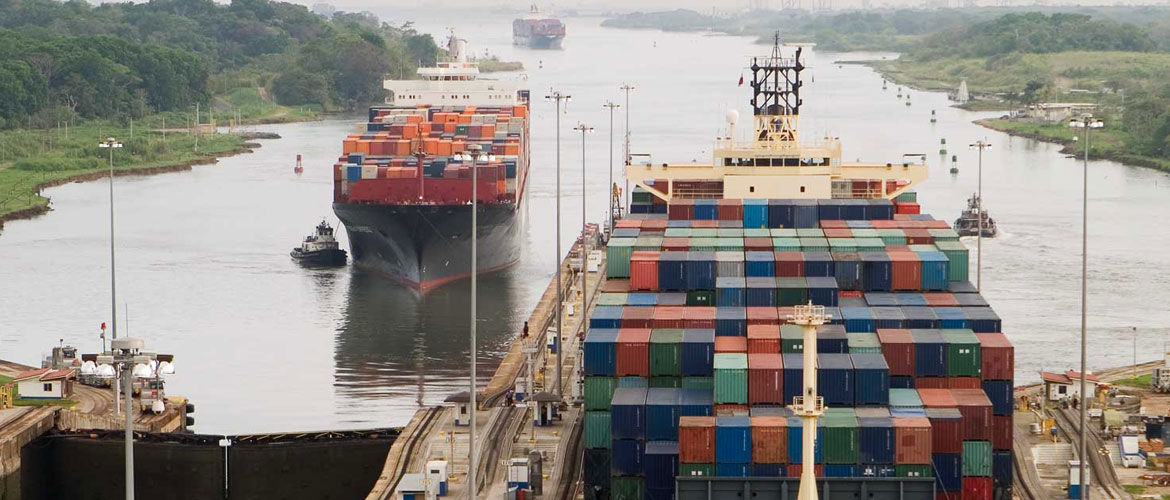Average spot rates from Asia to the US West Coast have increased 70% over the last two months, with the lines successfully implementing a series of rate increases, while rates from Asia to Northern Europe spiked last week by 25%, but may now have fallen back over 7%.
With little indication of an actual peak season in 2023 most industry pundits had written off the year for the container shipping lines, but this standpoint ignores what is actually happening in the market and that from a profitability perspective they are doing well with EBIT and EBITDA profit margins far ahead of 2019, before the pandemic.
Peak season movements from Asia to the US and Europe focus on volumes, typically between July and October, and while this year’s peak may build gradually or not appear at all for Europe, the trans-Pacific market has seen capacity pressure grow, due to some volume recovery for inventory restocking, vessel diversions aways from Canada and Panama Canal restrictions.
So, despite the absence of a peak season, surges and the carriers have implement general rate increases (GRIs) in April, June, July and August, solely on the basis of underlying trade lane economics. And withe Asia-Europe trade often following trans-Pacific trends, the lines must have their fingers crossed.
High capacity utilisation on the trans-Pacific routes and especially to the West Coast, is likely to ensure that rates remain elevated, aided by diverted vessels from Canada West Coast gateways (though these will be mitigated after the ILWU Canada’s labour agreement acceptance) and more blank sailings.
On Asia-Europe, the lack of peak season volumes is not enough to support freight rates, after the recent increases, with some carriers signalling there could be flexibility on FAK rates and they may be happy to hang on to a percentage of the latest GRI increases.
There is a clear link between the sharp uptick in trans-Pacific blank sailings from the end of June, and the subsequent improvement in spot rates and this is a trend which is expected to intensify as huge amounts of new vessel capacity is delivered through 2023 and 2024.
The primary sea freight trade-lanes are multi-layered and complex, which is why our sea freight team work closely with colleagues in the US and Asia, to stay ahead of market dynamics and identify opportunities for our customers.
If you have any questions or concerns about the developments outlined in this story, please EMAIL Matt Fullard now for the latest insights and intelligence.
